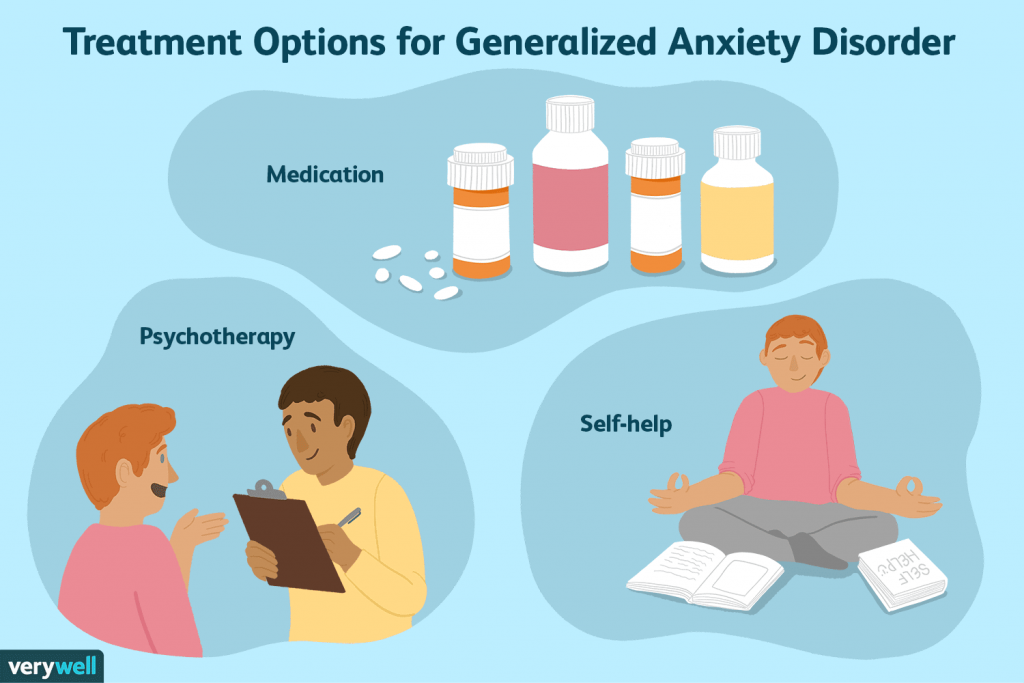While anxiety can cause distress, it is not always a medical condition.
Anxiety
When an individual faces potentially harmful or worrying triggers, feelings of anxiety are not only normal but necessary for survival.

Since the earliest days of humanity, the approach of predators and incoming danger sets off alarms in the body and allows evasive action. These alarms become noticeable in the form of a raised heartbeat, sweating, and increased sensitivity to surroundings.
The danger causes a rush of adrenalin, a hormone and chemical messenger in the brain, which in turn triggers these anxious reactions in a process called the “fight-or-flight’ response. This prepares humans to physically confront or flee any potential threats to safety.
For many people, running from larger animals and imminent danger is a less pressing concern than it would have been for early humans. Anxieties now revolve around work, money, family life, health, and other crucial issues that demand a person’s attention without necessarily requiring the ‘fight-or-flight’ reaction.
The nervous feeling before an important life event or during a difficult situation is a natural echo of the original ‘fight-or-flight’ reaction. It can still be essential to survival – anxiety about being hit by a car when crossing the street, for example, means that a person will instinctively look both ways to avoid danger.
Anxiety disorders
The duration or severity of an anxious feeling can sometimes be out of proportion to the original trigger, or stressor. Physical symptoms, such as increased blood pressure and nausea, may also develop. These responses move beyond anxiety into an anxiety disorder.
The APA describes a person with anxiety disorder as “having recurring intrusive thoughts or concerns.” Once anxiety reaches the stage of a disorder, it can interfere with daily function.